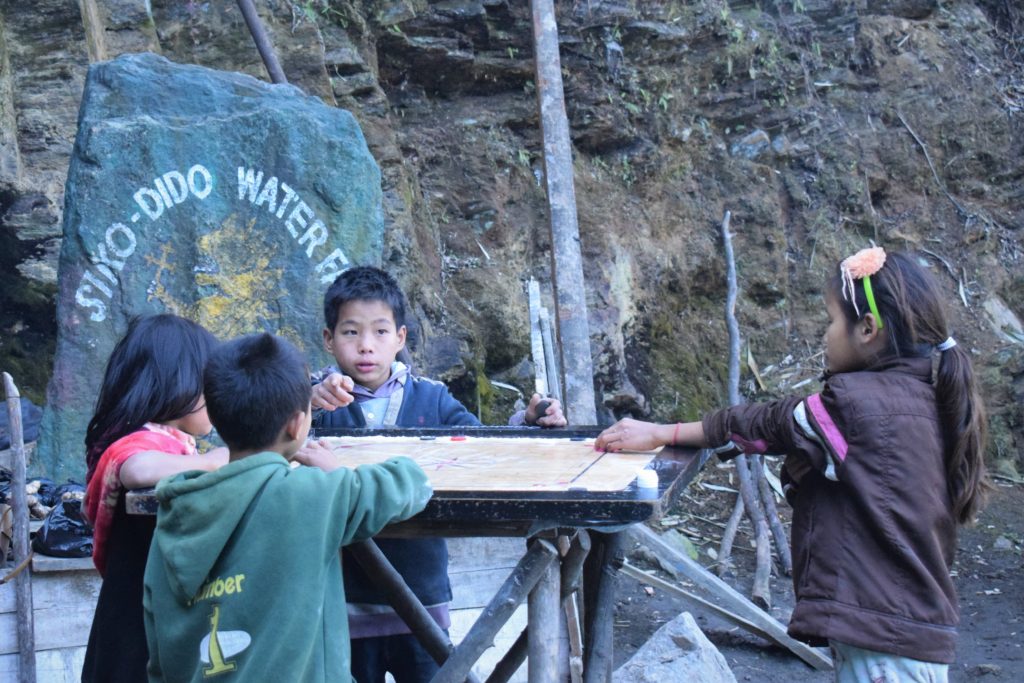
Table of Contents
How Communication Is Transforming Remote Parts of India
India is a vast country. The country covers a staggering area of about 3.2 million square kilometers. The country which can be broadly divided into six physiographic regions is a challenge given the kind of diverse landscapes and climatic conditions that it encompasses. The Himalayan mountain ranges, the Thar Desert, the Indo-Gangetic Plain, the coastal regions, and islands all form the enigmatic country, India. The very nature of the topography of the country is a logistical challenge. Getting all the regions in the mainstream of the country requires a good communication network. Good infrastructure in the forms of roads, communication networks, etc., is absolutely vital for the progress of the remote regions and to ensure that they march shoulder to shoulder with the rest of the country. It is heartening to note how communication is transforming remote parts of India.
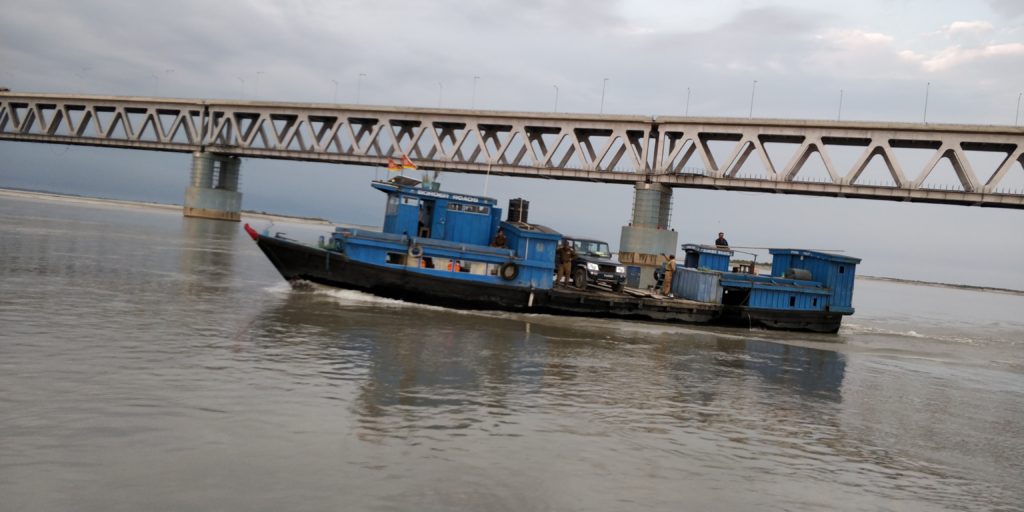
India has made vast strides in telecommunication infrastructure in the last couple of decades. Today, the thrust on communication and digitalization is reaching the remote corners of the country including the North-Eastern states like Arunachal Pradesh, Meghalaya, Mizoram, Assam, and others. Life in the remote rural areas is getting affected and changed for the better because of improved communication infrastructure. Mobile network operators like Airtel 4G are venturing into far-flung areas where even roads have not reached. They are literally taking the world to these places.
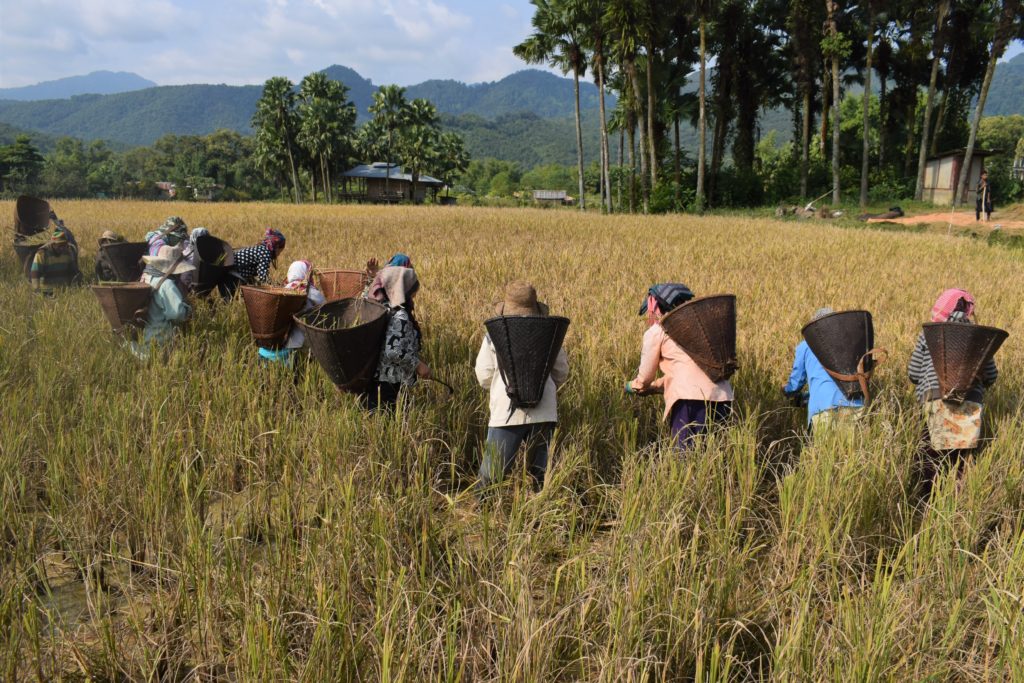
There are many areas in which the rural hinterland of India is benefiting from the thrust on telecommunications. Farmers in the interiors of the state of Bihar, for example, rely on their smartphones for weather forecasts and harvesting advice. Where earlier they had to depend on instinct, today weather forecast apps help them to harvest in time and avoid losses. Increased speed of mobile networks like Airtel, cheaper smartphones and the availability of useful apps is indeed revolutionizing the way rural India lives today. The way communication is transforming remote parts of India is indeed a great success story of the nation.
How Basar is Connected With The Rest Of India
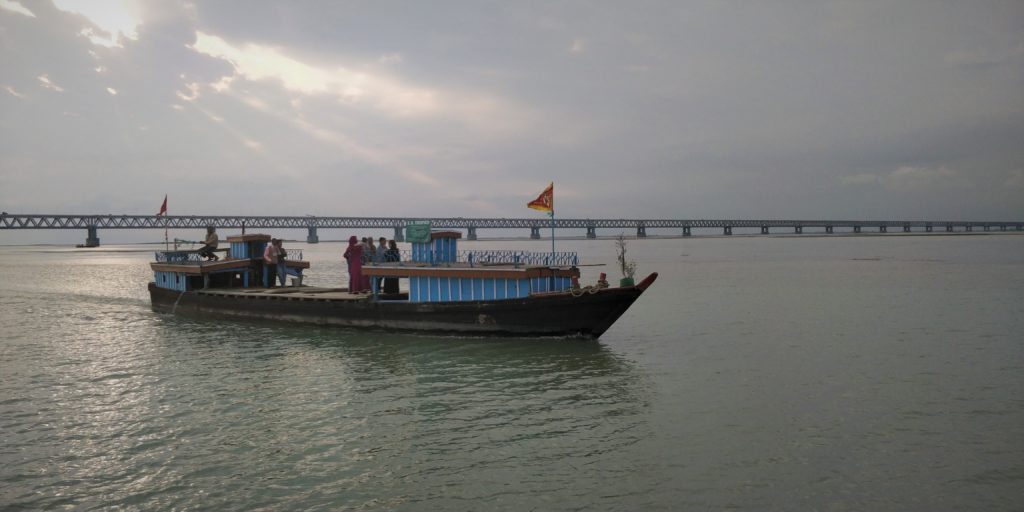
Though we had read about the commendable strides being made in ensuring that communication and other infrastructure is accessible even in the remote parts of India, we had never experienced it. We were in the metropolis of Bangalore and hence not really aware of how the remote regions of the country lived. All this changed when we visited a region called Basar in the state of Arunachal Pradesh in the North-Eastern region of India.
How interior Basar is can be judged from the fact that after landing in Dibrugarh airport, we drove to Basar. On the way, we took a ferry to cross the mighty Brahmaputra river and then drove in heavy rain through a beautiful and pristine region that seemed to be in the middle of nowhere to reach our destination.

Basar which is now a district headquarters consists of many villages clustered around it. Some of the villages nestle far away in the hills. When we arrived we felt as though we had landed in a totally different world. A far cry from the metros that we were accustomed to. We spent about a week in the area and learned a lot about the people and their culture. It was amazing to see that though they are rooted in their culture and follow many of the age-old traditions handed down from generation to generation, they were equally in tune with contemporary realities as well.
Remote But Connected – Communication is Transforming Remote Parts of India
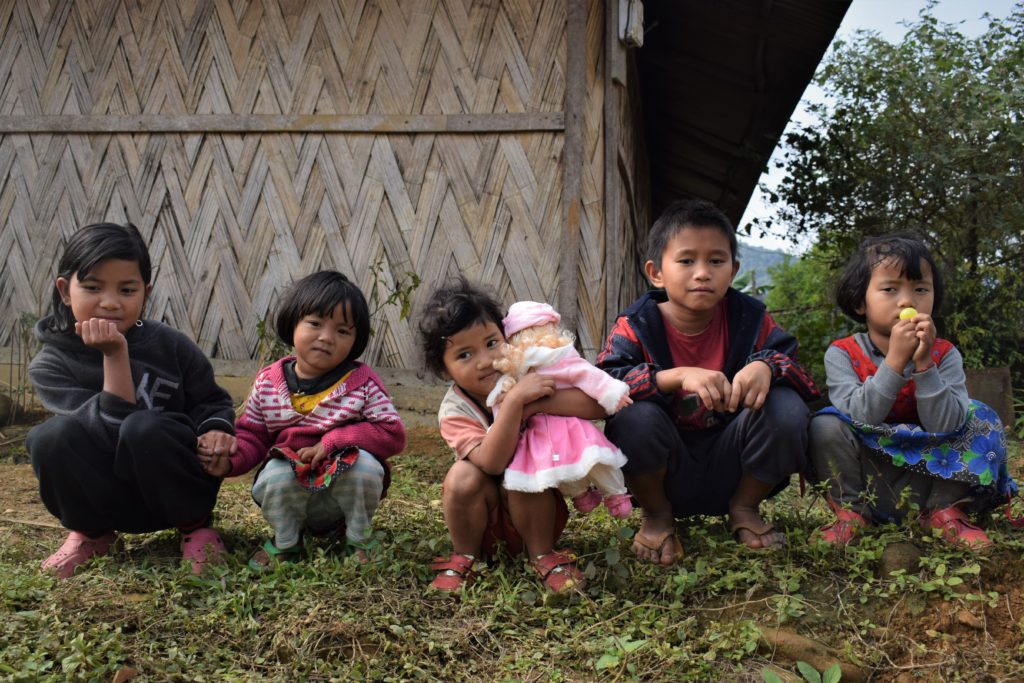
Some of the villages that we spent time in Basar were Sago, Gori, Pagi, and others. Some of these villages were deep in the forestland. It is remarkable to see how these villages were so much aware of contemporary issues. The villages were sparkling clean. Garbage disposed of in earmarked containers strategically placed. Children participated in community cleaning to ensure that the villages were spick and span. The use of plastic was frowned upon. All the signs of the Swacch Bharat movement in action. And the children who worked hard and studied hard also played football and like any other child in India, these days were glued to smartphones. The remote villages like Sago and others are excellent examples of how communication is transforming remote parts of India.
The Galos – Connected With Nature
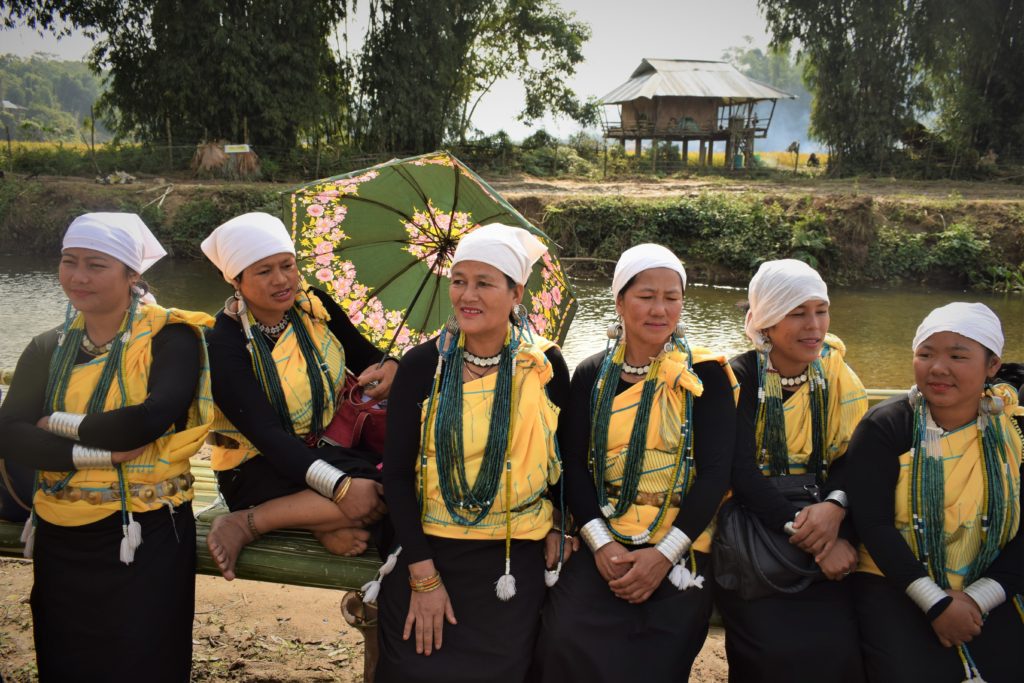
The Galo tribe who inhabit the villages in and around Basar have a rich tribal culture and heritage. They are connected with nature and their religion centers around nature worship. Their traditional houses are made from bamboo and leaves. They depend on the produce of the forest and live a lifestyle seamlessly integrated with the environment. As we interacted with the people, we realized that they were as connected with nature and their cultural heritage as they were connected with the latest happenings in the rest of India.
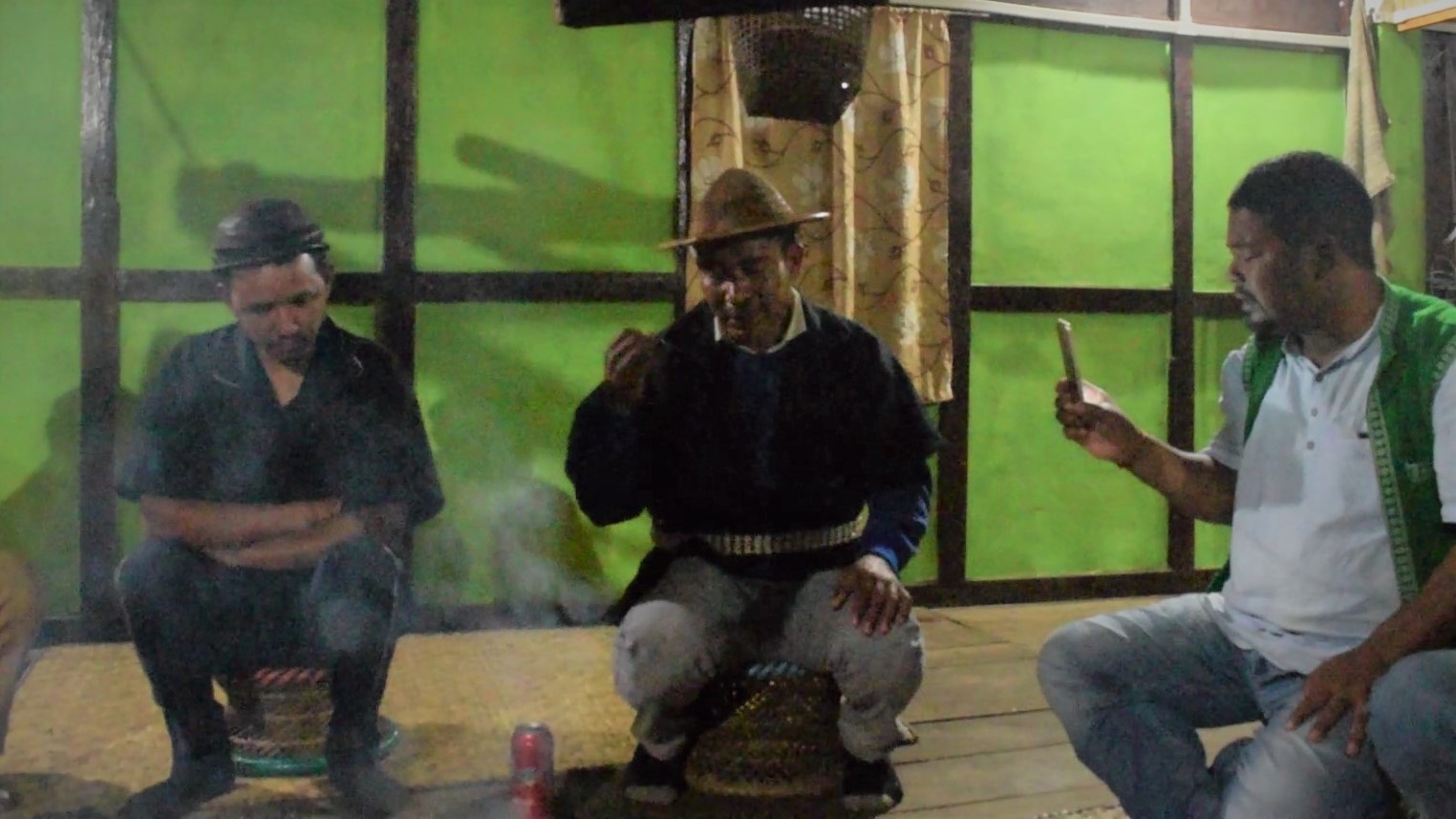
One of the very interesting ways that this was demonstrated was when during an evening party. The villagers regaled us with melodies from Bollywood. What was fascinating was they referred to their smartphones to search for popular numbers to croon.
Other ways that the region is harnessing the benefits of good communication and technology is through innovative ideas. They are working to conserve the natural water resources. Simultaneously they also are working towards ensuring the cleanliness of the water bodies in the area. Measures at water conservation too are being undertaken by digging pits to trap rainwater in the catchment areas. It was indeed a revelation of how good and reliable mobile networks like Airtel can actually fuel social change.
We talked to a very elderly gentleman in one of the villages and asked him how things had changed over the years. He told us how when he was a kid his parents virtually brought him up from the food garnered from the surrounding forests. He said that things have changed drastically and there are shops around. He himself never went to school but the children go to schools. So much has changed, he said.

The seamless integration of modern communication and tradition was again evident when a little girl with a smartphone recorded the traditional dance of the tribe and shared it on her Facebook!
Silently and swiftly a communication revolution has swept over the remote interiors of India. Life has changed and is changing in these parts as technology takes over lives. From banking to simple telephonic communication, from entertainment to education, things are changing and changing fast. Powered by strong communication networks the rural hinterland of the country, even in remote corners are slowly getting connected and integrated with the rest of the country.
Our visit to Basar was a life-changing one. It opened a window for us as to how life has been in the remote corners of rural India and how it is changing. Sitting in the concrete jungle of the cities that we live in, we never have an idea about this.
Have you traveled to the remote and interior parts of India? How was your experience with the communication networks in these parts? Which according to you is the best network with good internet speed? Do let us know your thoughts through the comments section.
Do You Love Traveling?
Do you want to know how to travel the world? We have put together a very useful travel resources page with best travel tips. Go check it out now.
Thanks for visiting our site Voyager – imvoyager.com and taking the time to read this post!
If you wish to collaborate/work with us then reach us at [email protected]
We’d love if you’d comment by sharing your thoughts on this post and share this post on social media and with your friends.
[shareaholic app=”share_buttons” id=”27413782″]
Follow our journey on our social media channels:
Facebook Twitter Instagram Pinterest G+ YouTube
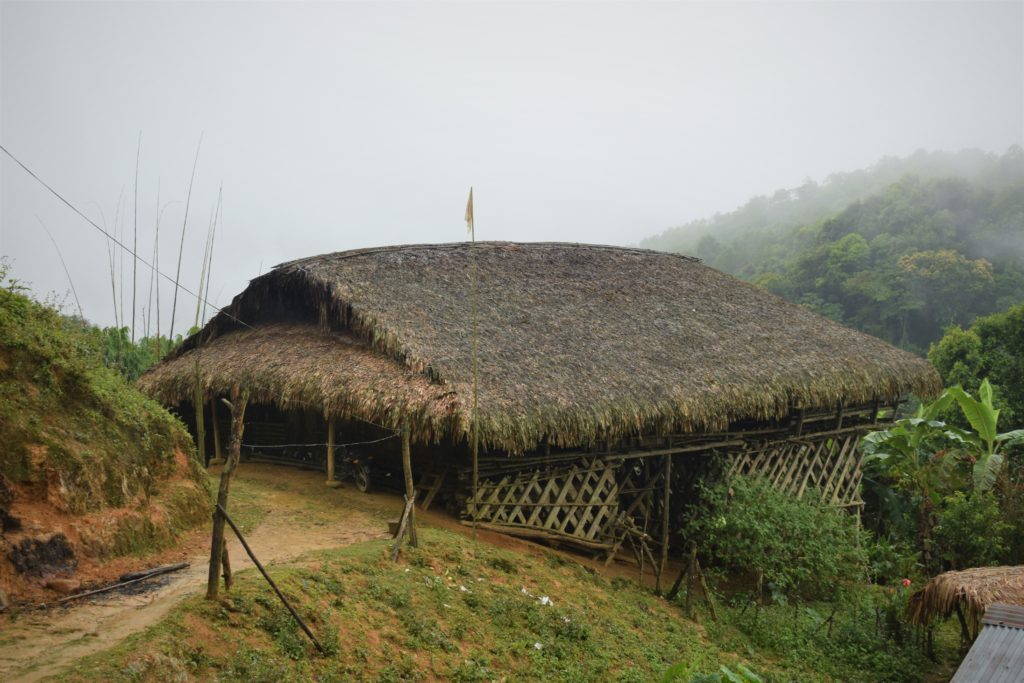



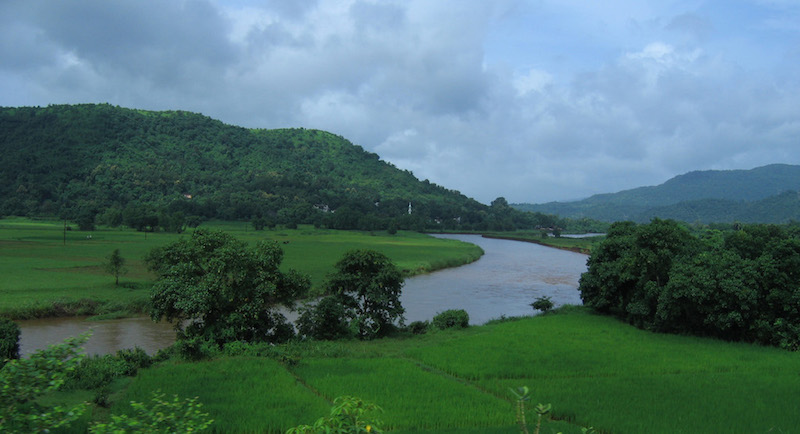

Technology can be a positive and a negative. Your trip to Basar highlights some of the positives in the use of weather forecasts, documenting events and even staying in the loop of what’s going on. I hope they keep using it to make connections!
This a refreshingly positive side to read about. North-east is the most untouched beauty in the country so your pictures added to the interest level. It’s amazing to see how communications brings us together and makes life better.
Mobile Networks are reaching corners and parts of remote villages too. I received network in the sugarcane fields of Wai. Happy to see villagers use Network to connect too.
It’s quite amazing how mobile networks are now connecting rural India to the cities! What a transformation in just a few years!
Yes, it is so good that mobile network is connecting in rural India.
Coz now I easily connect with my relatives living in such places.
Mobile networks are indeed a bliss now.. we are connected 24×7 irrespective of location and it make communication very easy. Perfectly penned post.. loved it
North-east is the remote part of the country and also extremely beautiful and untouched. It is nice to know that network is reaching at every corner of it, and the world is advancing. I would like to use Airtel when in India.
Mobile network has really helped in connecting to the remote areas and has surely helped in bringing the urban close to the rural and reducing the gap between them.
I wonder if increase communication is actually better for these groups/regions overall. Sure, in some things it might help, but there is also a downside as far as cultures being whitewashed, and people leaving their region in search of “the good life” they see in movies and websites.
Good to know that you spent whole week in Basar. The place looks quiet beautiful & we also want to experience on such places. And the best thing is that mobile network is reaching every part of country
I have always wondered about this, I am glad to read this post. I have grown up with easy access to technology as a 24 year old, but love hearing other generation experiences (especially in other cultures.) I particularly enjoyed reading about the Galo tribe. Thanks!
As I travelled for 2.5 months in the North East India (Basar with you), I observed how technology had reached to people in the most remote places. I was happy to see mobile network in the places where I was not expecting it to be. It is empowering and I hope it spreader even wider.
Digital empowerment and improvement is important and to places like basar or Chattishgarh are really need technology changes to smooth their lifestyle.
Those children look so cute! I’ve never been to India but Basar looks interesting. What is the food like there? Indian food is one of my favourites 🙂
Rural area also is so connect through telephone hat help in growth and make life so easy for them
I’ve been to my native place which is in a very small village, remote interiors really. I’ve seen the phone network get better with time although the Internet speed is a tad slow.
Seriously technology has made world closer. Agree with every bit if it. Mobile is the biggest in this case.
Technology and communication are really transforming the entire world. The remotest places are now connected through mobile network. And this has helped the people a lot too improving their lifestyle.
Technology and means of communication are spreading all across the rural parts of India .It’s good to know that everyone is progressing and learning.
Although I prefer to visit a not too remote places, sometimes to do visit it just spontaneously. Time flies so fast that many things have changed. It was good thing the people’s attitude and culture havent changed.